
6 Reasons to Have Sex
Or why I have open door sex…in my novels I mean.
In Romance fiction, historically and derogatorily referred to as “bodice-rippers,” as well as other genres, there is today a huge range of what we in the industry refer to as “heat level”. This includes books ranging from sweet, inspirational (e.g. religiously or morally conservative) all the way to fifty shades of grey, and every other conceivable colour of the sexual rainbow. Whether you’re into same sex or different sex, young sex or old sex, sex in two’s or three’s or more, or no sex at all, you’ll find it out there, somewhere, in a novel.
You Can’t Please Everyone
Readers from every background, value system and sexual orientation can increasingly find themselves, (or what they fantasize about,) between the covers of a book. Or, on the other hand, be shocked, offended or disappointed. This makes it trickier for authors to decide whether to, or how much to, show sex in the pages of their stories. No matter what you do, some reader somewhere will be unhappy.



Somewhere in the middle of the spectrum is the bulk of it, and even there, authors have their own particular style of consummating the romance arc, from kisses and caresses that fade to black, to detailed open-door sex with lots of “pink parts” and assembly instructions.
Why Is there Sex in My Novels?
I’m no prude, but as a writer it was difficult for me, from a traditional Catholic background, to get comfortable describing sex scenes. It took some stretching and learning to find my comfort zone as an author. So why do I do it?
Sex Is an Important Storytelling Tool
I’ve found, with each respective manuscript, that it gets a little easier, and I get a bit more creative. As I’ve become more clear that I never was writing traditional romances, but rather women’s fiction with strong romantic storylines, I’ve become more free about how I represent sex on the pages of my books.
Sex Isn’t Always about Sex
Representations of sex, and not necessarily just the implied sex that happens after the lights go out, the shower door closes or the curtain falls, are an important storytelling tool. Just like dialogue, description and other kinds of action scenes, like fight scenes, for example. In fact they have a lot in common with fight scenes, in that they are a combination of action and internal dialogue, with a heavy dose of the visceral and emotional. That’s a lot of power at the author’s disposal to enrich the story and the reader experience. Why would I leave it out?

Six Important Reasons to Show Sex on the Page
1. Vulnerability
- In romance fiction, the developing relationship between two people is as important as each of the heroine and hero’s (or other characters) own character arcs. And they are intricately intertwined. Intimacy is an inescapable part of that relationship arc. Achieving intimacy is an important indicator that these two characters have let down their guard enough to allow themselves to be vulnerable with each other. Being vulnerable, or “getting naked” with the antagonist is how we know they have grown, changed and are ready to embrace their essential selves.
2. Empathy
- One of the important reasons we read fiction is to empathize with and experience vicariously how other people deal with life. It expands our own world view and gives us insights into how to live our own life better. Even to avoid troubles. If we’re left to guess what happens behind the bedroom door, we haven’t learned anything about how other people have, or can have, sex or the intimacy that is achieved. That’s an opportunity lost that diminishes the reading experience.
3. Character Growth
- Sex is ALWAYS about more than sex. In getting naked and vulnerable, issues come up. These include values, life and relationship goals, past relationships and their fallout, self-image, including body image which is an enormous issue for women, and emotional vulnerability relating to past wounds the character has experienced and has to be addressed as part of the story and character arc. To properly address the character growth, these essential subjects cannot be ignored. In my opinion, the depth of the story will suffer.
4. Emotion
- How people approach their sexual partners and engage in sex is very revealing (pun intended) of who they are and how they feel about the other person. Even how they approach life in general. This changes throughout the story, and is in fact a big part of the story being told. People have sex for different reasons, at different points in their relationships and lives, and the specifics help to show this.
5. Catalyst
- Sex in itself is an intense experience that can unlock emotions and break down barriers, allowing the individuals to realize truths they may have previously denied and move forward. Thus the sex scene itself is an important tool for the storyteller to advance the characters evolution toward whatever happy or tragic end they have earned.
6. Information
- Sex isn’t always the same. It doesn’t always work and it isn’t always good. It can be awkward, funny, playful and even ridiculous at times. Sometimes what’s most important to the character in that moment is not the fact that they’re having sex. Perhaps they’re frightened, planning their escape, bored or preoccupied with other problems, like what to make for supper or how to win a court case. This can be shown through the contrast between the character’s actions and their thoughts, and can be very entertaining, informative or amusing.
Oh, you can’t do that, people won’t buy your books!
Going back to my point about pleasing, or not pleasing, every reader. Many times I’ve had writing coaches, publishing gurus and author colleagues expound to me, “Oh, you can’t do that, people won’t buy your books!” And of course every published author has had bad reviews as well as good ones. Some reviewers are not shy about telling you what they don’t like.
Reader Opinions
One of my favourites was a review of my book, The Art of Enchantment, a very romantic, sexy book set in Italy, about a relationship between a shy, introverted artist and a very sexy Italian architect. Moreover, the theme of the book is, in one sense, sexual liberation and expression. I played with this idea by having my heroine researching and writing her Ph. D. thesis in art history about the relationship between sexual repression and religious ecstasy in Renaissance art. How one suppressed was expressed via the other. (A completely fabricated thesis topic by the way.) When one reviewer said, “This was a really good book except there was too much sex and swearing,” I laughed. I loved it. A review like this tells other readers exactly what to expect, and helps them choose. I wish I had more.
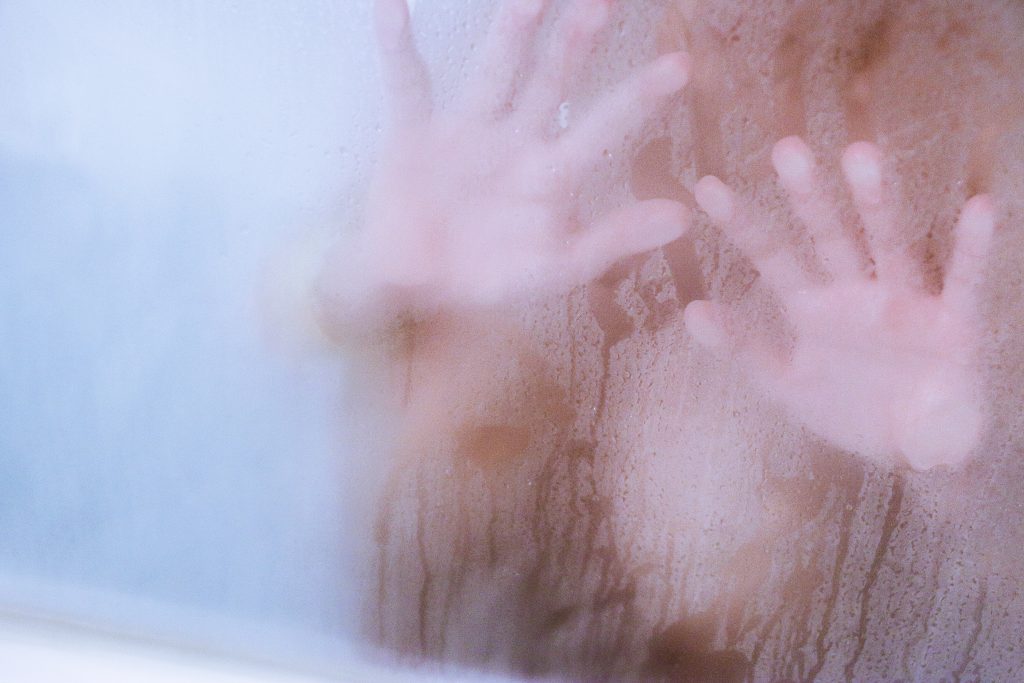
Publishers Parameters
I don’t want anyone to read what they don’t enjoy. But I would argue that one reason to read is to expand our horizons and embrace vicarious experiences that stretch us beyond the limits of our one life. And despite the proscriptions publishing houses, editors and imprints put on their authors about story length, subject matter, themes, morality and, particularly in romance fiction, heat level, I think every writer has to write what they want to write.
You can’t squeeze a (good) story out of a stone. A good story has to come from an author’s heart. So an author has to write the stories that are meaningful to them. I understand that publishers have to do this, because it’s part of their business branding. There can’t be a Harlequin Blaze or an Avon Inspire without clear boundaries, because it’s their job to help readers find the reading experiences they are looking for.
The Author Chooses, Then the Reader Chooses
This is one reason I’m independently published. I wear the publisher’s hat as well as the author’s hat. This makes my world more challenging, because I don’t conform to the convenient categories that other publishers or authors have established. So maybe it takes a bit longer for my ideal readers to find me and discover my stories.
But it’s also freeing, because for me this means I can explore themes, plots and characters that are real, complex and interesting to me. It doesn’t mean fitting my stories into particular shapes to please or meet the expectations of particular readers. As an artist, I am unbound. Some of the things I write might make you uncomfortable. They might make me uncomfortable. That’s a very personal thing, and I’m alright with it. Be forewarned. This is my brand.
My Brand
Some of the issues that have come up for me and my stories aren’t so much around heat level, and whether the particulars of the sex are shown on the page, but what kind of sex it is and with whom. In my case I’m not talking about BDSM and other kinds of erotica. In fact I don’t write sex scenes for their pure erotic value, even though of course I want to show attraction, intimacy and passion between two characters falling in love when that is the story I’m telling.
Wrong Sex, Real Life
Rather, I’m challenged when I write about sex that’s questionable in other ways: extramarital, when one of the characters is married to someone else (’cause that never happens), or sex that’s platonic, that is, friends with benefits, sex that’s therapeutic, sad or angry, sex that’s just convenient, or sex that happens for all the wrong reasons. Perhaps it’s a question of morality or good judgement. If nothing else, humans learn from having sex, whether it’s “right” or “wrong.” These, too, are part of real life, and part of our lived experience as human beings. In that regard, in my opinion, it is never wrong to include them in the stories I write, or you read. But that choice is entirely yours.
Do you: *strongly disagree *somewhat disagree *feel meh *somewhat agree *strongly agree?
Let me know what you think in the comments below, or if you’re shy, reply privately. I really want to know!
Join My Tribe!
And if you think you’d enjoy reading my kind of stories, please sign up for my email list to find out about my upcoming release, A Forged Affair… in which you will definitely find “wrong” sex. And also some really “right” sex. And acrobats and a giant. In the south of France. Also I’m revealing the beautiful new book cover to subscribers first! How can you resist?
If you want to know what I get up to day to day, and what my writer’s life looks like, you can follow me on Instagram, where I mostly hang out, and also Facebook or Twitter. I hope to see you there!







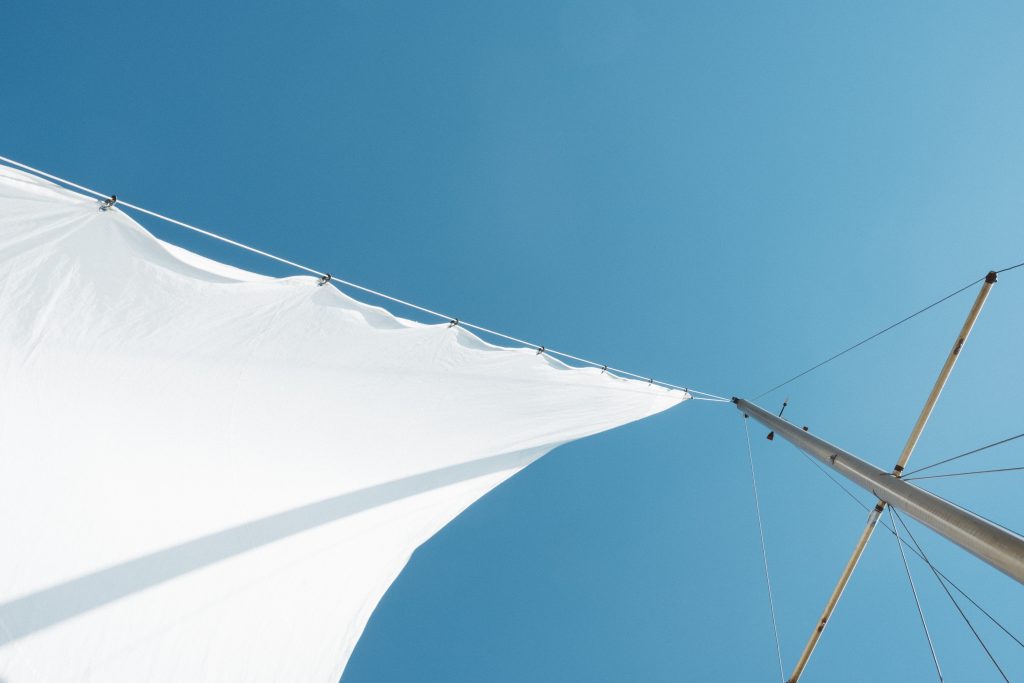
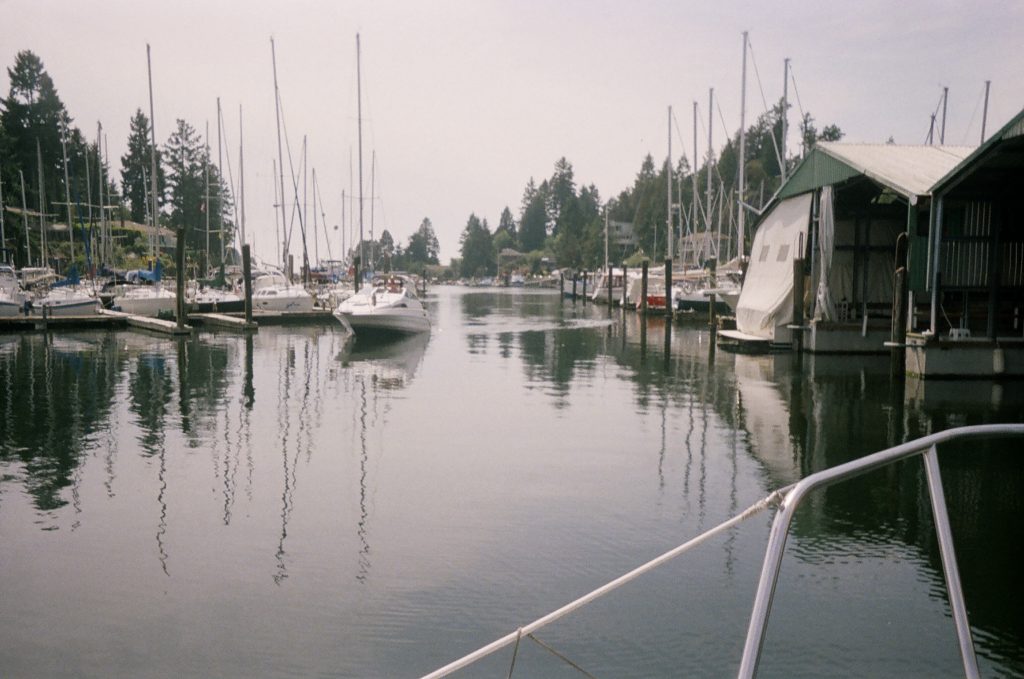
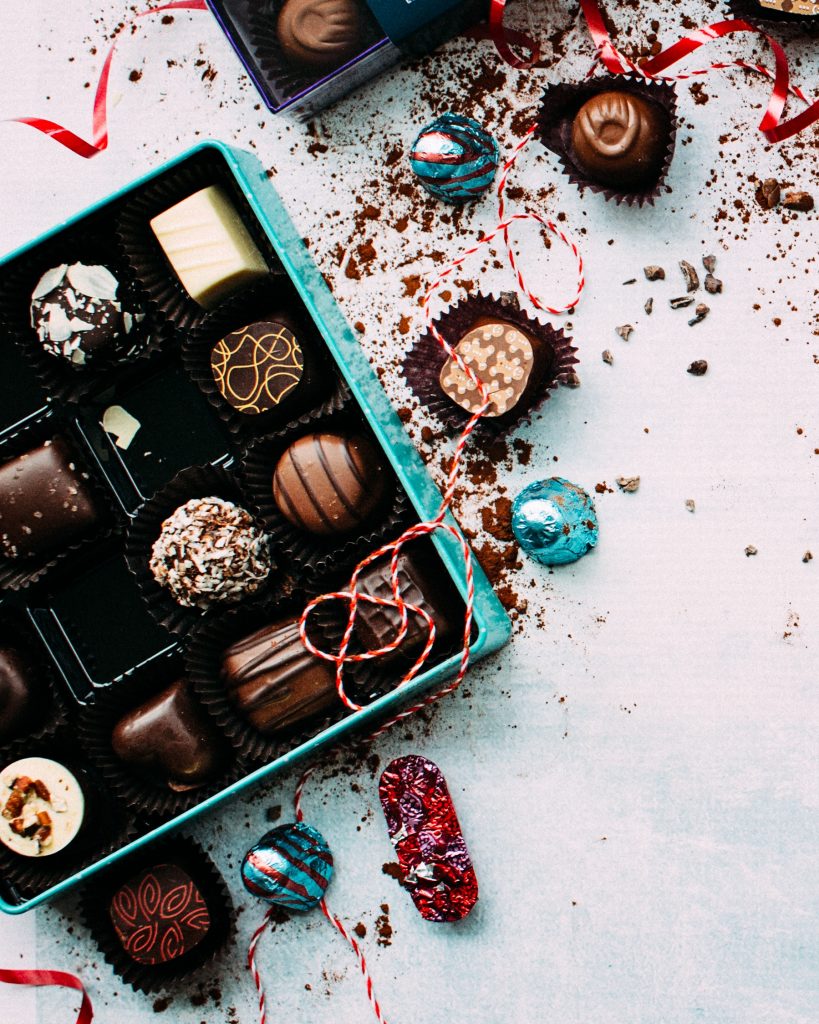

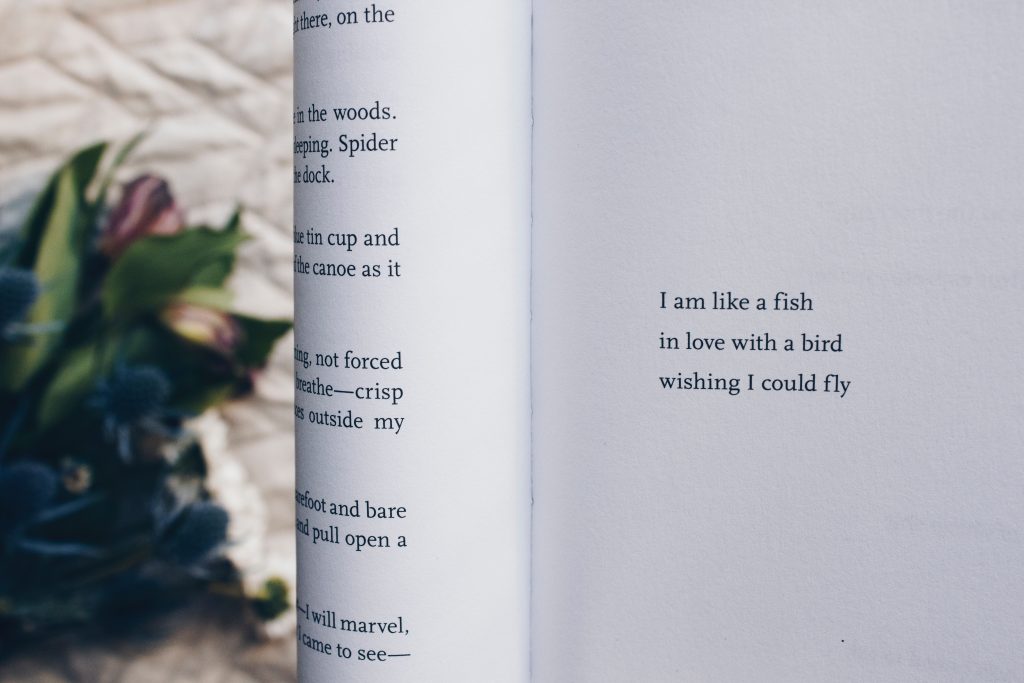


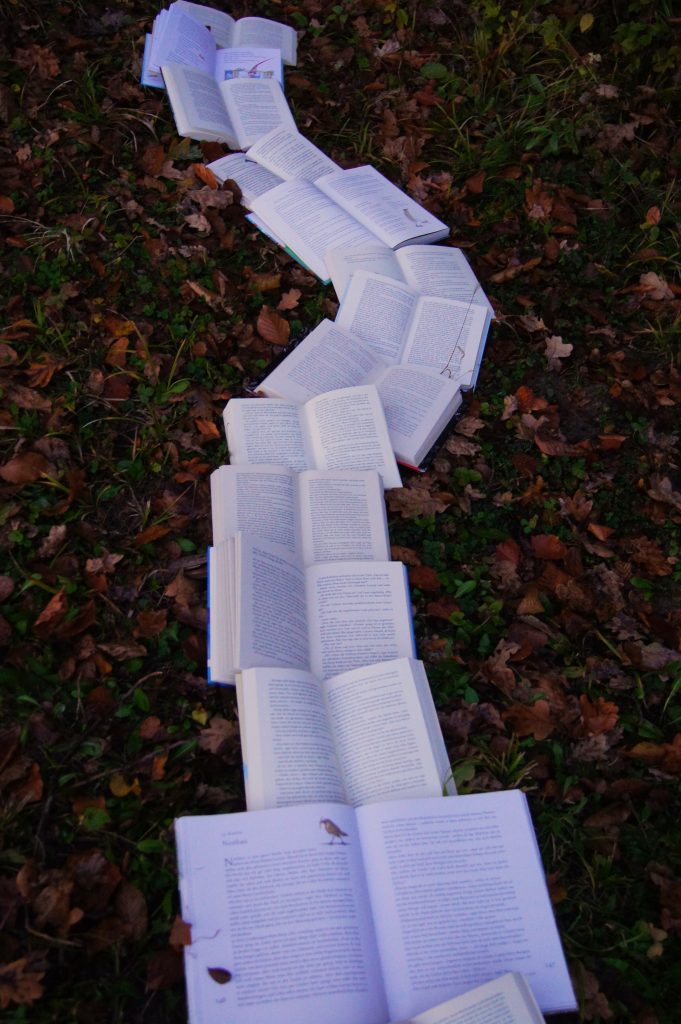


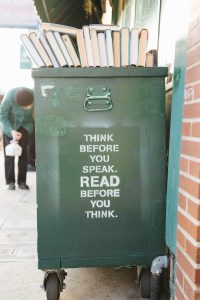
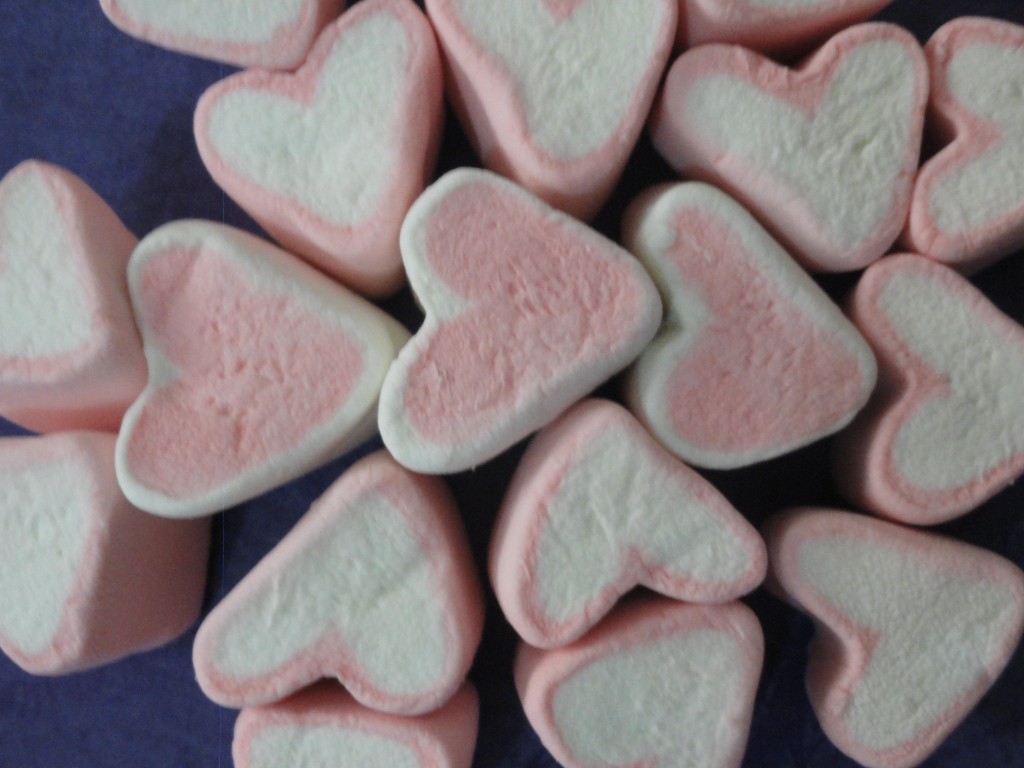
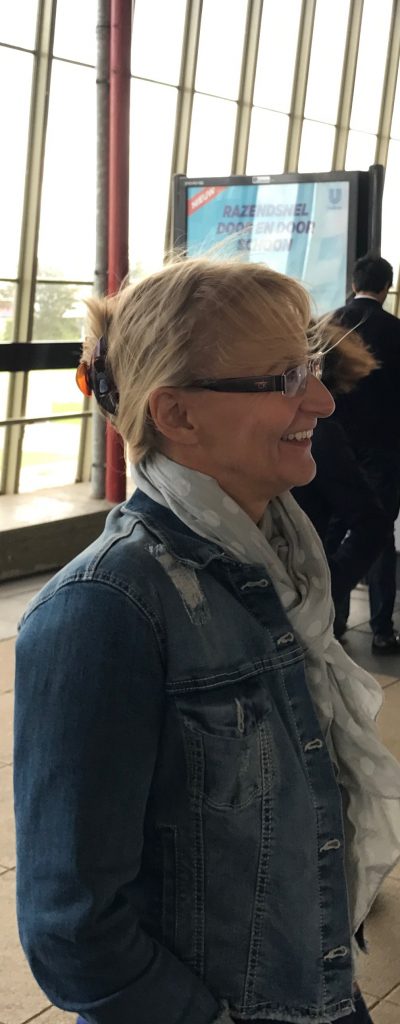 5 Bottoms, 6 Tops, 2 Dresses &
5 Bottoms, 6 Tops, 2 Dresses &












